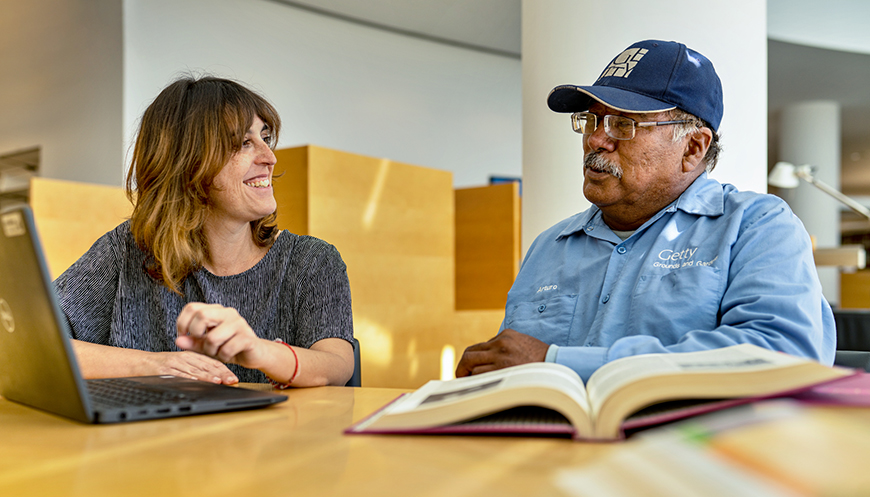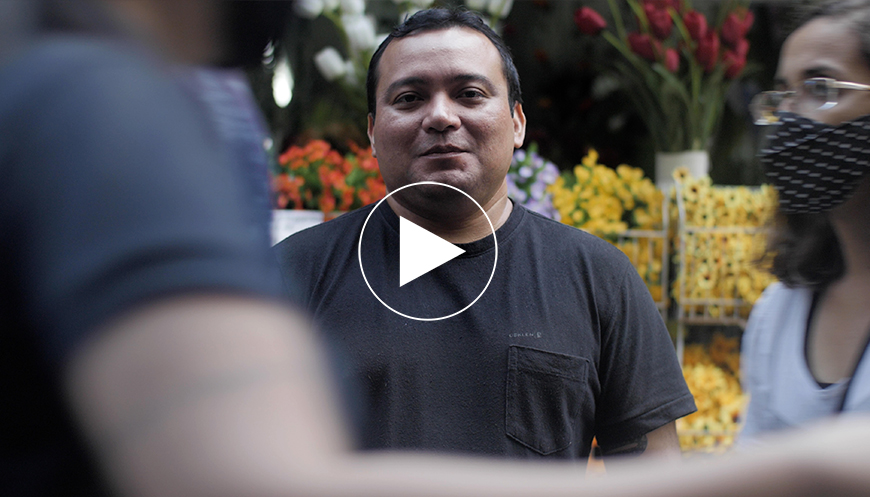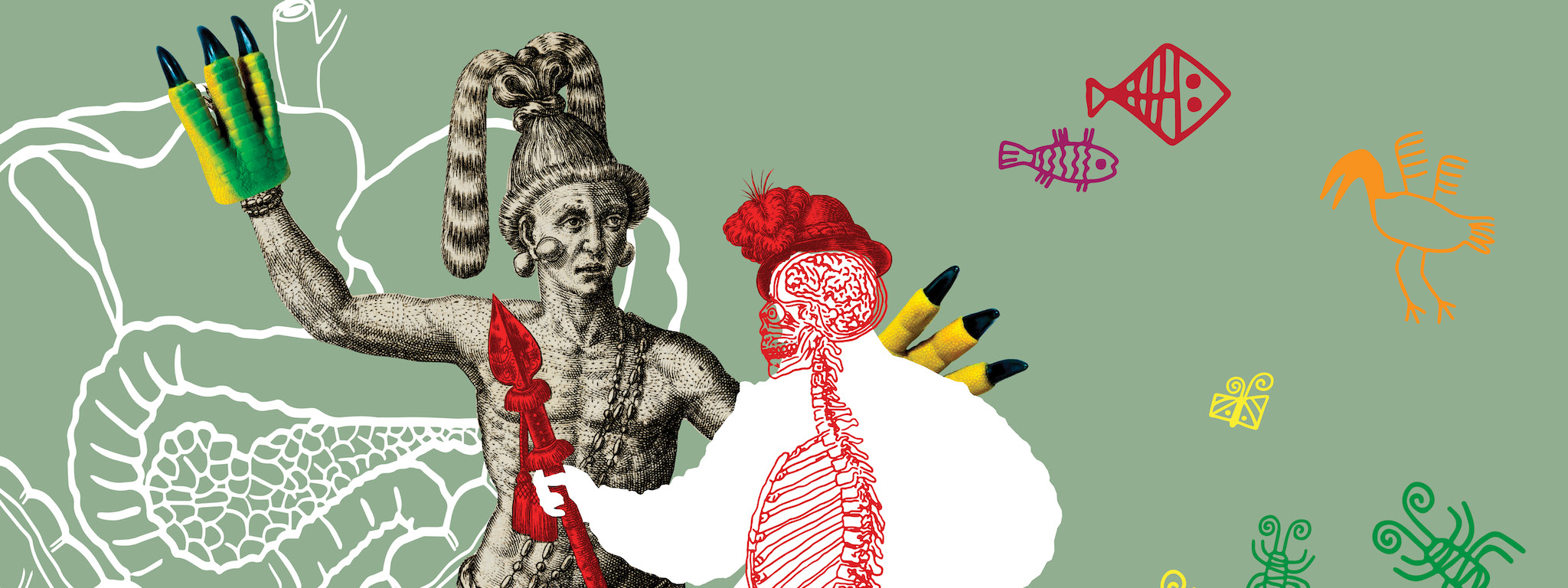

This exhibition analyzes representations of the Americas, questioning the mythologies and utopian visions that proliferated after the arrival of Europeans to the continent. Featuring artistic interventions by Denilson Baniwa, an Indigenous contemporary artist from the Amazon region of Brazil, and the voices of local community groups in Los Angeles, Reinventing the Américas counters the views of European chroniclers, illustrators, and printmakers from the 16th to 19th centuries by offering a multi-perspectival approach.
This exhibition is presented in English and Spanish.
Esta exhibición se presenta en inglés y en español.
RELATED EVENTS
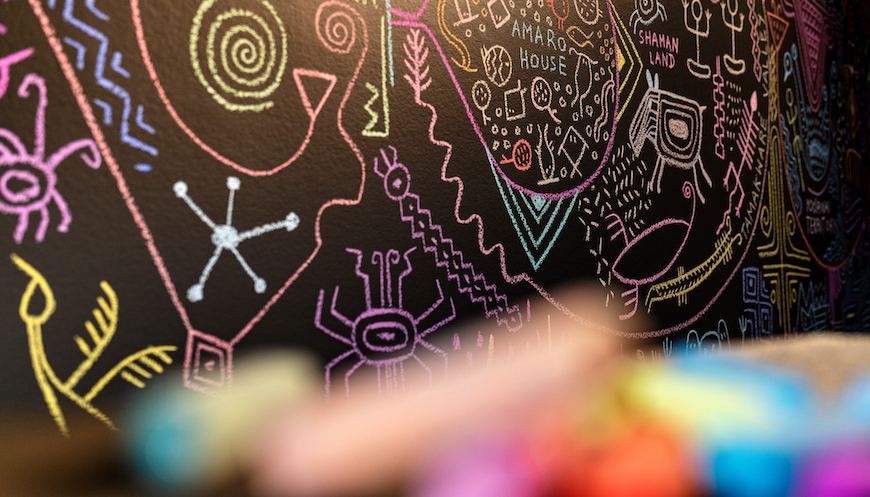
Celebrating Indigenous Peoples' Day
October 15, 2022
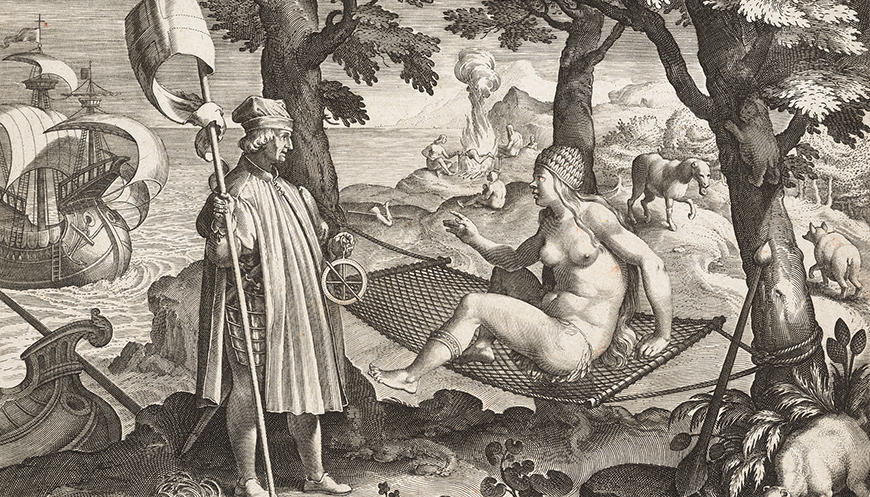
The Multiple Reinventions of the Américas in Context
October 28, 2022
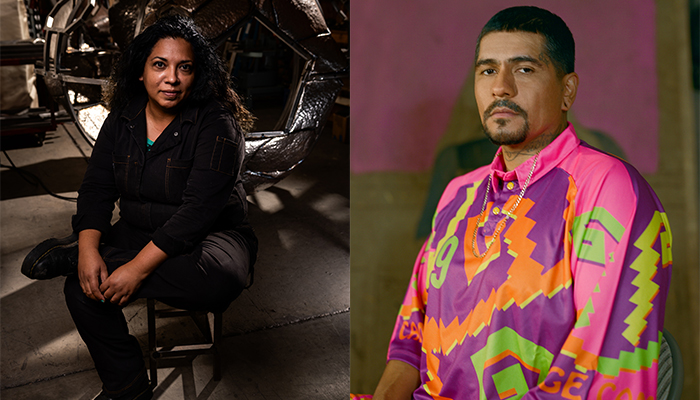
Artist-led Tour: Beatriz Cortez & rafa esparza
January 7, 2023
NEWS & STORIES
Revitalizing Indigenous Traditions
How Meztli Projects teaches healing and self-determination through art
The Indigenous artist reimagines colonial images of Latin America
10 Songs That Have Defined the Americas
Music keeps reinventing ideas about the continents
GALLERY TOURS
Thursdays at 2:00 p.m.
September 1, 2022–January 5, 2023
(Note: no tours on September 22, 29, November 24, and December 29)
Limited to 10 guests. Please sign up at the Research Institute lobby. desk.
MOBILE TOUR
Explore this exhibition with a free audio tour, available in English and Spanish
EXHIBITION DOCUMENTATION
Exhibition checklist (English and Spanish)
Complete gallery wall texts (English and Spanish)
Press Release
